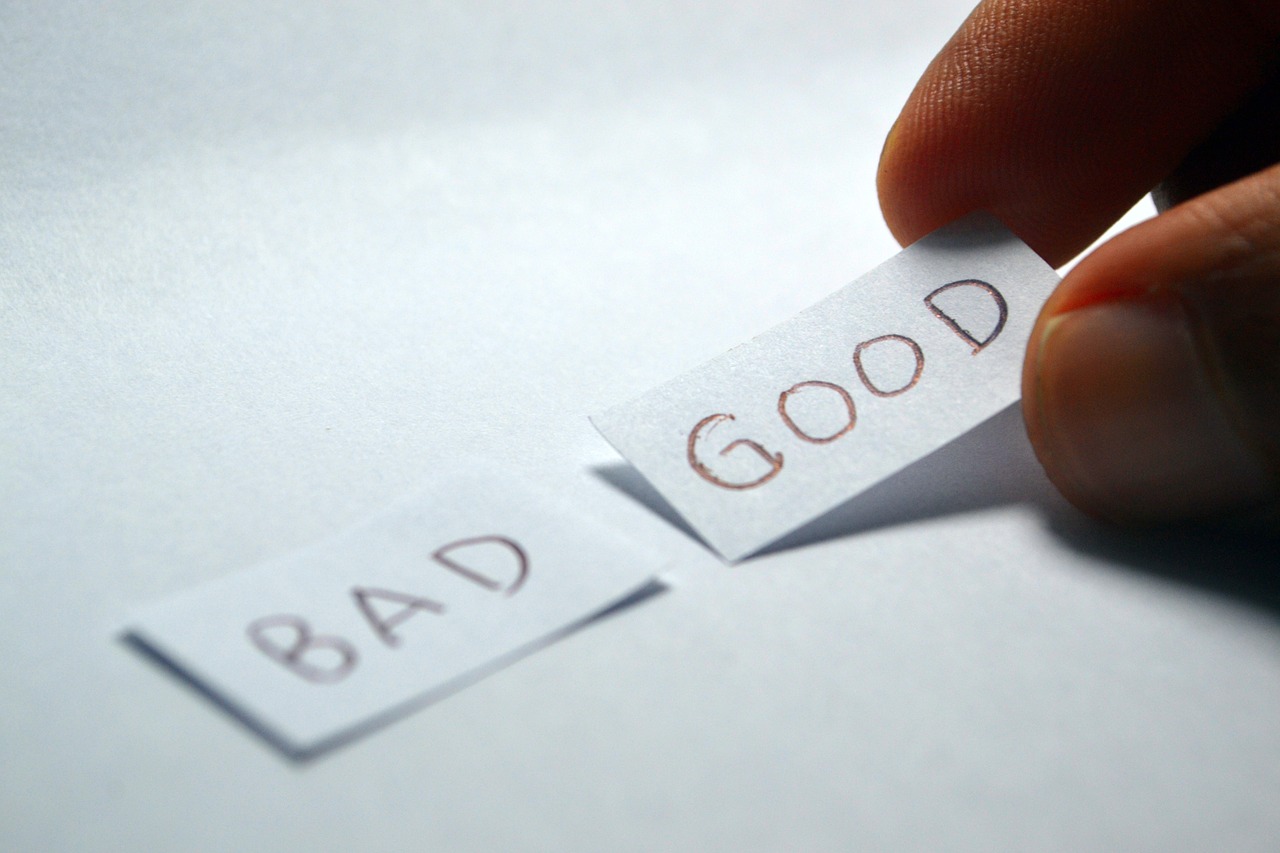
Recently I posted a link on Facebook to this list of positive news sources. In the comments on my post, someone made a comment along the lines of, “And then there’s _______” (fill in the blank with the most recent tragic events).
The question I constantly find myself asking is, “How can we make the world a better place?” The content of my response felt like an important enough piece of that puzzle that it wanted to be a blog post of its own.
Here’s what I wrote…
“I hear you. It’s tragic.
I feel the pain about what’s happening. I feel the fear, the rage, even a creeping sense of hopelessness at times. What’s going on in the world can be overwhelming.
That said, you might want to look at why you decided to bring that news to a post that is specifically focused on the question of where we can find information about the vast amount of what’s good in the world to help uplift and inspire us.”
At this point I shifted gears. The response got bigger than a reply specifically to this person’s comment, and started addressing something that has the potential to impact both the way we see the world, the way we experience it, and the difference we have the potential to make.
“Yes, there are horrific things happening in the world. Yes, we need to grieve. Yes, we need to make room for anger, and fear. Yes, we need to remain aware, and to commit to whatever action we can take to move the needle in a positive direction. The world won’t change for the better if we all sit and blow sunshine up our wazoos.
At the same time, if we insist on making what’s wrong our primary focus, coming back to it even when the conversation is about what’s good, what’s inspiring, what’s beautiful, we’re pretty much screwed.
From my perspective, bringing the focus of the conversation back to what’s wrong – essentially negating any focus on what’s right – is PRECISELY what continues to bring us down, both individually and societally. It’s a toxic, corrosive habit that just feeds more of the same.
It’s not about ignoring what’s wrong. It’s not about gritting our teeth and insisting that the world is a shiny happy place.
It’s about making sure that we include what’s right in our picture of the world as well. Because what’s right fuels our emotional well-being. It provides a counterbalance to all the toxic news the media delights in feeding us. It offers a sense of hope and possibility. And, if we let it, it can feed and inspire us to add more of the same with our own lives.”
Bottom line, what we focus on creates the world we experience. I don’t mean that from a “manifestation” perspective. I mean it in a very real brain-based way.
We get fed “what’s wrong” every day by the media, by our social media feeds, and in conversations with friends and colleagues. And when that’s all our brain has to work with – when the building blocks of perception all involve the world going down the toilet – guess what picture it is going to create?
The more we get sucked into what’s troubling and traumatic at the expense of what’s uplifting and inspiring, the more the world we experience gets painted with the colors of that dark and dismal palette.
If we want to be a force for positive change, we have to give ourselves the raw materials for inspiration, possibilities, and empowered action.
A great way to do that is to get obsessively inspired to look for what’s right.
–
Join the Ripple Revolution TM
- Subscribe to Ripple Revolution Blog feed.
- Sign up for the Ripple Revolution e-mail newsletter.
Brought to you by Curt Rosengren, Passion Catalyst TM
Free download:
The Aliveness CODE First-Aid Kit (How to feel better when your day goes splat!)
